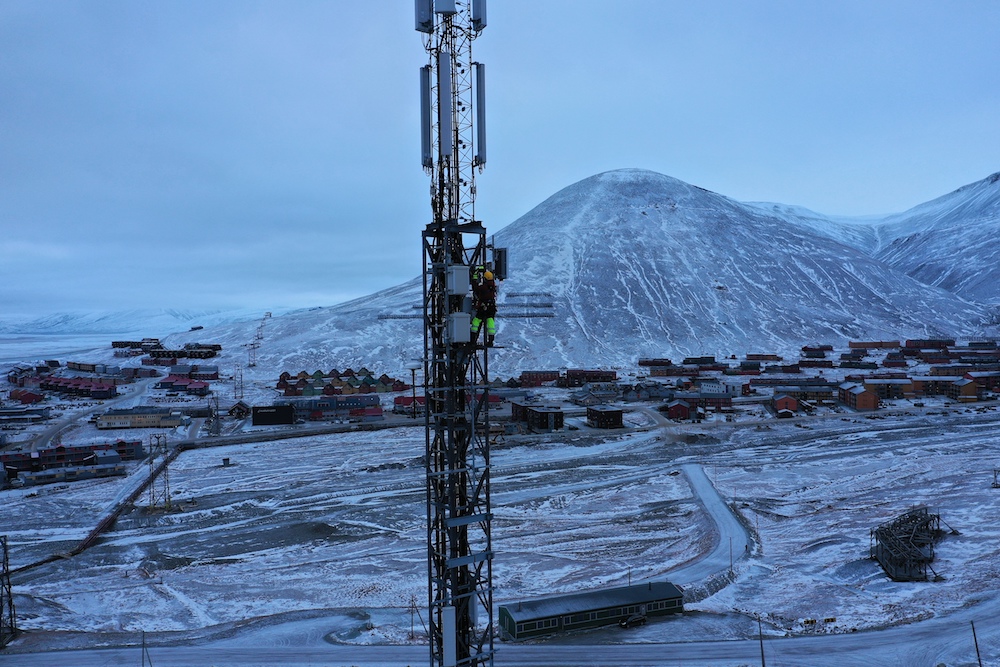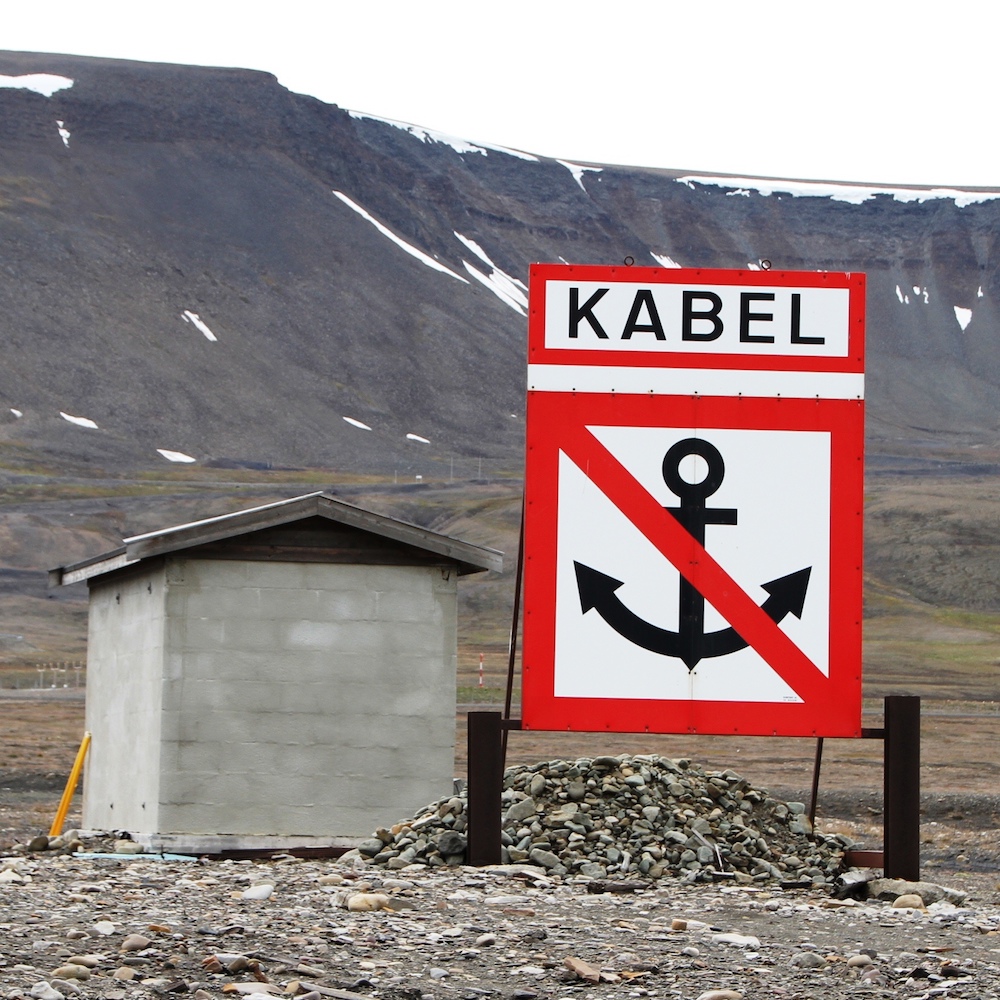On Norway’s internet frontier, the future is here — again
Svalbard is among the first places in Norway with a functioning 5G mobile network.

Back in 2014, when the Norwegian telecom company Telenor finished laying fiber-optic cable in Svalbard, it temporarily placed the territory at the frontier of internet technology.
The cables made it possible to reach average internet connections of 50 megabits per second in and around Longyearbyen, Svalbard’s main settlement. They also enabled 4G mobile telephone service.
At a time when internet speeds averaged 18 Mbps globally, Svalbard, experts reckoned, was at least a decade ahead of the rest of the rest of the world.
[No matter where you live in Greenland, you can now get a 4G signal]
Such speeds are still zippy for a place as remote as Svalbard, but the rest of the world has caught up faster than expected; currently, the global average for broadband connections is 69 Mbps, according to the Speedtest Global Index; Norway, according to the same survey, now connects at an average speed of 112 Mbps.
4G, likewise, has long been the standard way for smartphones to connect to the internet. Now, the next big thing in internet technology is 5G, and Telenor is again planning to use Svalbard, together with nine other parts of Norway, as a proving ground before it introduces the service to customers in the eight countries in which it operates, likely next year.
“Extreme weather conditions in remote locations populated by a small but industrious community makes Svalbard a dream test case for 5G,” Sigve Brekke, the president and CEO of Telenor Group, said in a statement.

Svalbard has several advantages that make it an attractive place to test mobile and internet services. Longyearbyen, Svalbard’s main settlement, for example, is compact, and it has about 100 businesses of varying sizes and internet needs.
More important for Telenor as it tests its 5G network, however, will be Svalbard’s natural features. One of the technology’s big selling points is that it allows a high rate of data transfer, allowing things like cars, household appliances and scientific equipment to communicate with each other. But, if the technology to live up to its promise, network operators must be able to provide stable connections, regardless of climate or terrain.
Telenor believes that Svalbard, with its glaciers, mountains, fjords and tundra, is just the right place for this, explaining that it provides the “ideal location for testing its new technology.” And likely the next as well.
Uncertain about what 5G is? The video below, published in 2018, provides an overview of the basics.